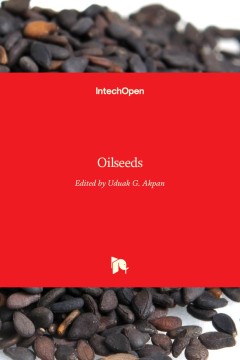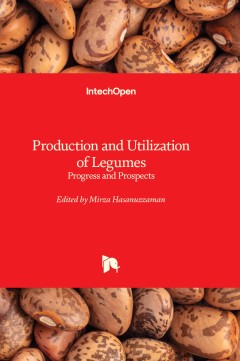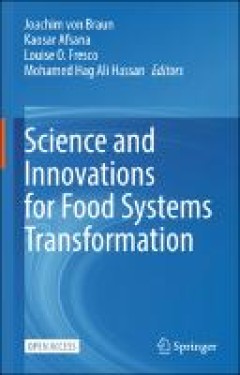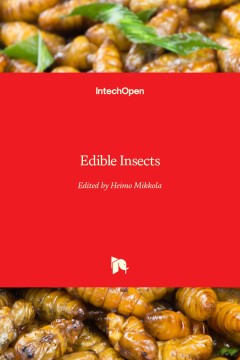Ditapis dengan

Weed Biology and Control
This book is a collection of chapters, concerning the developments within the Weed Biology and Control field of study. The book includes scholarly contributions by various authors pertinent to Agricultural and Biological Sciences. Each contribution comes as a separate chapter complete in itself but directly related to the book's topics and objectives. The target audience comprises scholars and …
- Edisi
- -
- ISBN/ISSN
- 978-953-51-5401-3
- Deskripsi Fisik
- 140 hlm.
- Judul Seri
- -
- No. Panggil
- -

Oilseeds
As the cultivation of brassica crops continues to contribute to western diets, new approaches to maximizing yields are welcome. This book presents chapters on various aspects of this issue, with a particular focus on canola crops and the oil produced from them. Those chapters address the relevance of transgenic and molecular breeding techniques to develop cold tolerance in Brassica napus L. cro…
- Edisi
- -
- ISBN/ISSN
- 978-953-51-5305-4
- Deskripsi Fisik
- 194 hlm.
- Judul Seri
- -
- No. Panggil
- -

Production and Utilization of Legumes
This book contains nine comprehensive chapters addressing various aspects of legume crop biology, production, and utilization. The contributions summarize recent findings on legume crop prospects and problems, and their responses to the environment. Management of legume crops under a changing climate, as well as their food value, are also discussed. This book will be useful for undergraduate an…
- Edisi
- -
- ISBN/ISSN
- 978-1-83768-648-3
- Deskripsi Fisik
- 194 hlm.
- Judul Seri
- -
- No. Panggil
- -

Prebiotics and Probiotics
Currently, new health benefits of probiotics have been identified, and new strains with probiotic potential have been discovered and continue to be investigated. Likewise, prebiotics and their interaction with the microbiota have been the focus of research in human and animal health, as well as to counteract zoonotic pathogenic microorganisms. Probiotics and prebiotics can be found in food and …
- Edisi
- -
- ISBN/ISSN
- 9781839695773
- Deskripsi Fisik
- 254 hlm.
- Judul Seri
- -
- No. Panggil
- -

Science and Innovations for Food Systems Transformation
This Open Access book compiles the findings of the Scientific Group of the United Nations Food Systems Summit 2021 and its research partners. The Scientific Group was an independent group of 28 food systems scientists from all over the world with a mandate from the Deputy Secretary-General of the United Nations. The chapters provide science- and research-based, state-of-the-art, solution-orient…
- Edisi
- -
- ISBN/ISSN
- 9783031157035
- Deskripsi Fisik
- 948 hlm.
- Judul Seri
- -
- No. Panggil
- -

Edible Insects
Insect protein production through ‘mini-livestock farming’ has enormous potential to reduce the level of malnutrition in critical areas across the world. It has been estimated that insect eating is practised regularly by over two billion people, mostly in China and in most tropical countries in Africa, South America, and Asia. However, eating insects has been taboo in many western nations. …
- Edisi
- -
- ISBN/ISSN
- 9781839684517
- Deskripsi Fisik
- 98 hlm.
- Judul Seri
- -
- No. Panggil
- -
 Karya Umum
Karya Umum  Filsafat
Filsafat  Agama
Agama  Ilmu-ilmu Sosial
Ilmu-ilmu Sosial  Bahasa
Bahasa  Ilmu-ilmu Murni
Ilmu-ilmu Murni  Ilmu-ilmu Terapan
Ilmu-ilmu Terapan  Kesenian, Hiburan, dan Olahraga
Kesenian, Hiburan, dan Olahraga  Kesusastraan
Kesusastraan  Geografi dan Sejarah
Geografi dan Sejarah